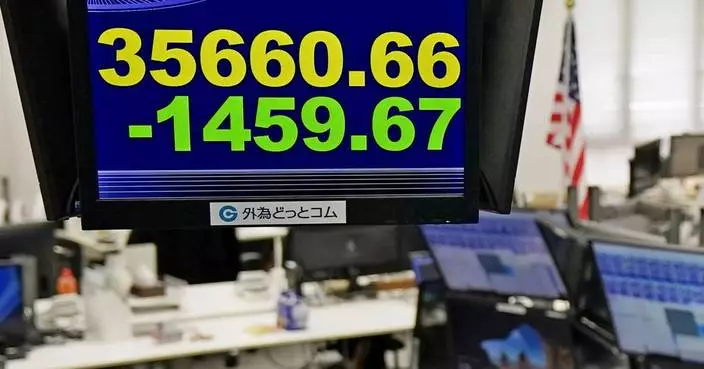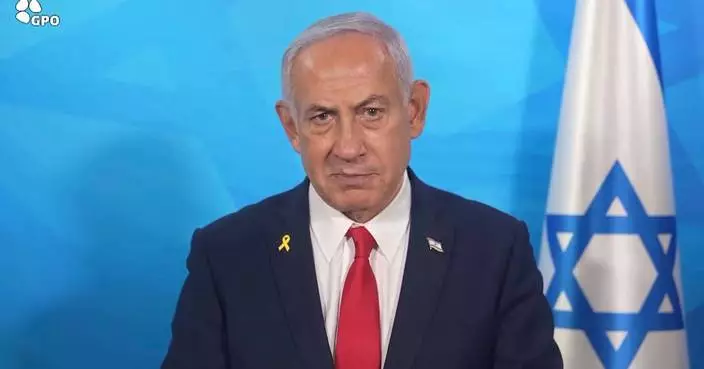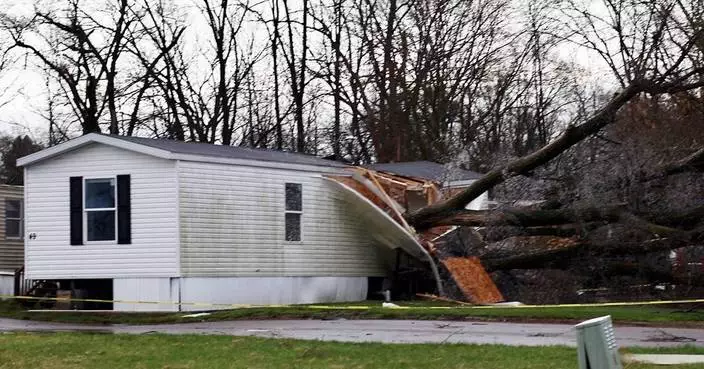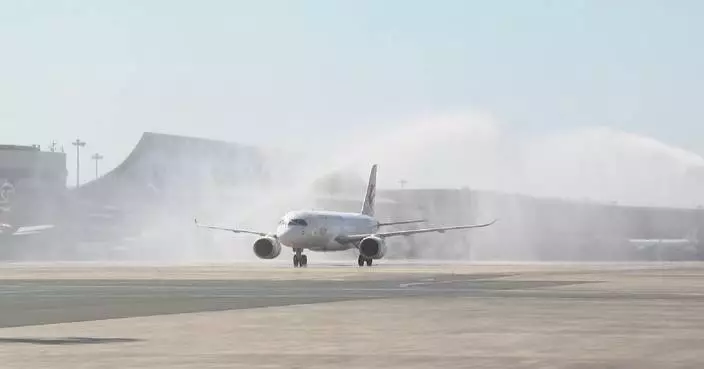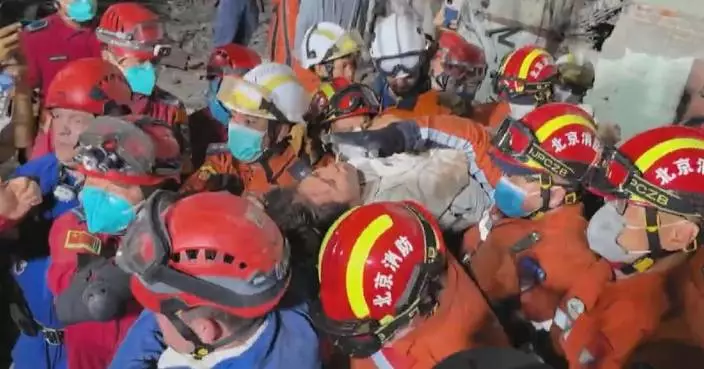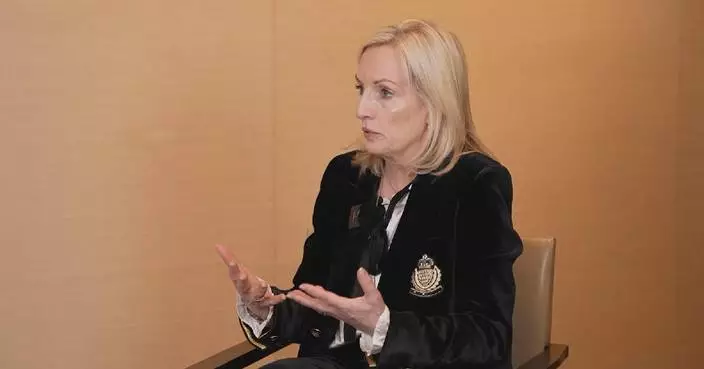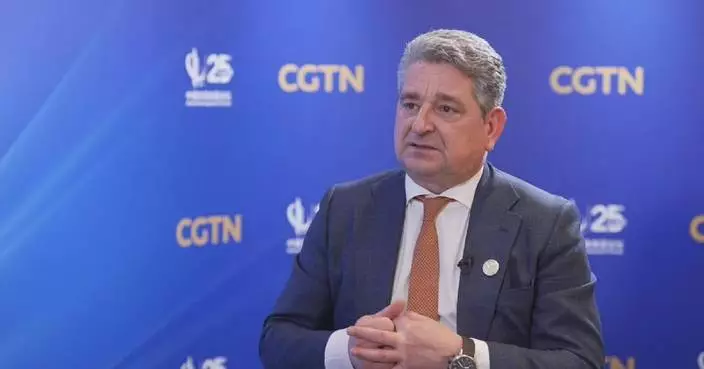After decades of partnership with the U.S. government, colleges are facing new doubts about the future of their federal funding.
President Donald Trump's administration has been using the funding spigot to seek compliance with his agenda, cutting off money to schools including Columbia University and the University of Pennsylvania. All the while, universities across the country are navigating cuts to grants for research institutions.
The squeeze on higher education underscores how much American colleges depend on the federal government — a provider of grants and contracts that have amounted to close to half the total revenue of some research universities, according to an Associated Press analysis.
It adds up to a crisis for universities, and a problem for the country as a whole, say school administrators and advocates for academic freedom. America’s scientific and medical research capabilities are tightly entwined with its universities as part of a compact that started after World War II to develop national expertise and knowledge.
“It feels like any day, any university could step out of line in some way and then have all of their funding pulled,” said Jonathan Friedman, managing director of free expression programs at PEN America.
The AP analysis looked at federal funding for nearly 100 colleges currently under investigation for programs the administration has deemed as illegally pushing diversity, equity and inclusion, or for not doing enough to combat antisemitism. Those schools took in over $33 billion in federal revenue in the 2022-2023 academic year. That’s before taking into account federal student aid, which represents billions more in tuition and room-and-board payments.
For most of the schools, around 10% to 13% of their revenue came from federal contracts or research funding, according to the analysis. For some prestigious research universities, however, federal money represented up to half of their revenue.
The AP analyzed data from the National Center for Education Statistics and federal audit reports, with help from researchers Jason Cohn and James Carter at the Urban Institute.
Perhaps no school is more vulnerable than Johns Hopkins University, which received $4 billion in federal funds, close to 40% of its revenue, according to the analysis. Much of that went to defense research, paying for projects like missile design, submarine technology and precision tracking systems in outer space. Billions of dollars also went to medical research for topics such as immunology and transplants, aging, neuroscience and mental health.
Johns Hopkins is facing an antisemitism investigation, which threatens its federal money, but already it has been feeling the effects of cuts to research grants from the National Institutes of Health and other federal agencies. Earlier this month, it announced 2,200 layoffs.
“We face challenging times for the patients and families that rely on us for cures and treatments, and for the researchers dedicated to the pursuit of improving the health of all Americans,” the university said in a statement.
Trump has singled out Columbia University, making an example of the Ivy League school by withholding $400 million in federal money. The administration repeatedly accused Columbia of letting antisemitism go unchecked at protests against Israel that began at the New York City university last spring and quickly spread to other campuses — a characterization disputed by those involved in the demonstrations.
As a precondition for restoring that money — along with billions more in future grants — the Republican administration demanded unprecedented changes in university policy. Columbia’s decision last week to bow to those demands, in part to salvage ongoing research projects at its labs and medical center, has been criticized by some faculty and free speech groups as capitulating to an intrusion on academic freedom.
At the White House on Wednesday, Trump expressed satisfaction with the pressure campaign on colleges.
“You see what we’re doing with the colleges, and they’re all bending and saying, ‘Sir, thank you very much, we appreciate it,’” Trump said during an event for Women’s History Month.
In the 2022-2023 academic year, Columbia got close to a fifth of its revenue from federal sources, around $1.2 billion. An audit shows that much of Columbia’s federal money went to research and development, including $166 million for global AIDS programs, $99 million to study aging, $28 million for cancer biology and $24 million for drug abuse and addiction research.
Federal law allows the Education Department to terminate funding to colleges that violate civil rights laws, but only after taking certain steps. Title VI of the law says the department must first make a formal finding of noncompliance, offer a hearing, notify Congress and then wait 30 days before pulling aid.
But the Trump administration has a new strategy, moving quickly from demands to penalties with little room for negotiating, and little indication of due process, legal experts say.
At Penn, the administration suspended $175 million in federal funding from the Defense Department and the Department of Health and Human Services over a transgender swimmer who last competed for the school in 2022. The White House said the action came out of a review of discretionary money going to universities.
“It looks like much of the playbook is intimidation, more so than actual substantiated legal findings,” said Michael Pillera, director of educational equity issues at the Lawyers’ Committee for Civil Rights Under Law. “I think all of this is designed as an attempt to intimidate all universities, not just the institutions under investigation.”
The cuts and the uncertainty have led some universities to accept fewer graduate students, cutting off pathways to careers. Many graduate students in science programs receive scholarships and stipends that come from federal research grants.
Purdue University senior Alyssa Johnson had been planning to pursue graduate research on amphibian diseases, and she was accepted into one of three schools she applied to. She said one of the schools appeared to have limited their acceptances to preemptively avoid funding concerns. But given her application experience, the changing landscape of research and her shifting interests, she decided to change her course of study to something she felt would help build trust between scientists and the public.
“I kind of went through a little bit of career crisis, which was definitely catalyzed by what’s going on with the current administration and their attitudes toward science and science communication,” Johnson said.
AP writers Kasturi Pananjady, Cheyanne Mumphrey and Chris Megerian contributed to this report.
The Associated Press’ education coverage receives financial support from multiple private foundations. AP is solely responsible for all content. Find AP’s standards for working with philanthropies, a list of supporters and funded coverage areas at AP.org.
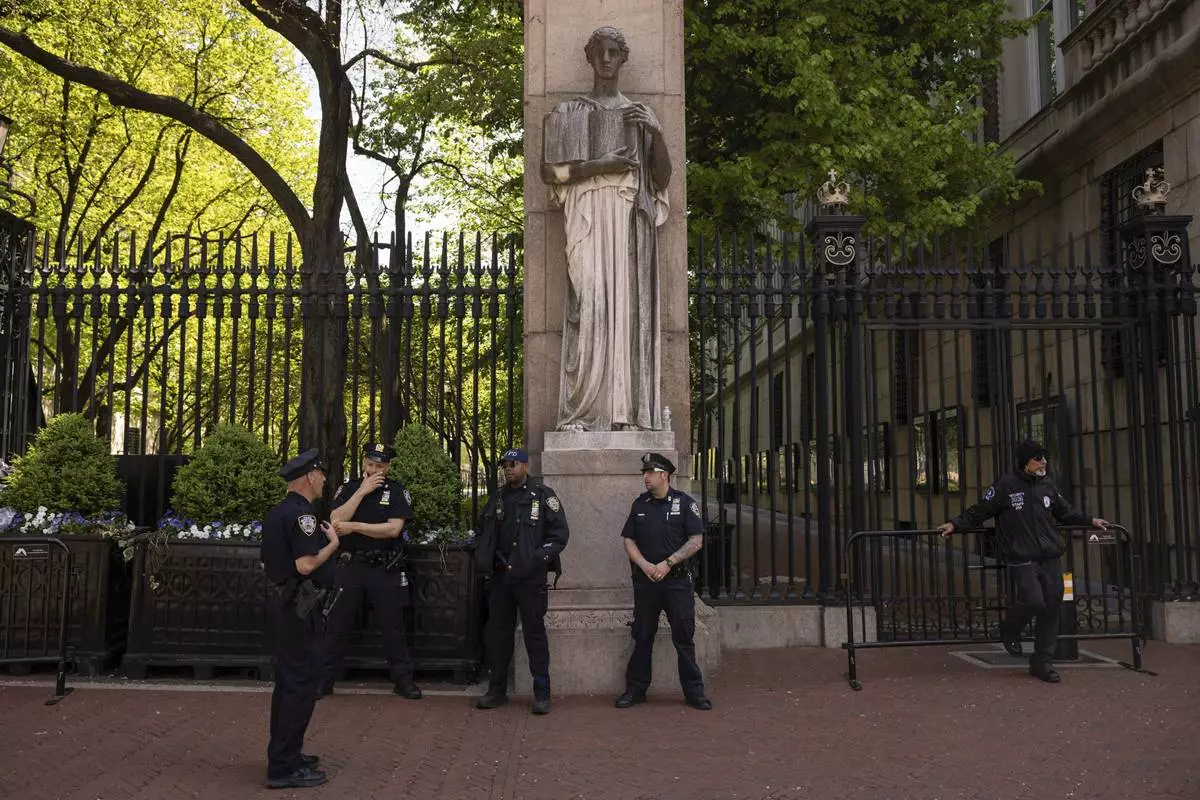
FILE - Police officers stand guard outside Columbia University, Thursday, May 2, 2024, in New York. (AP Photo/Yuki Iwamura, File)







